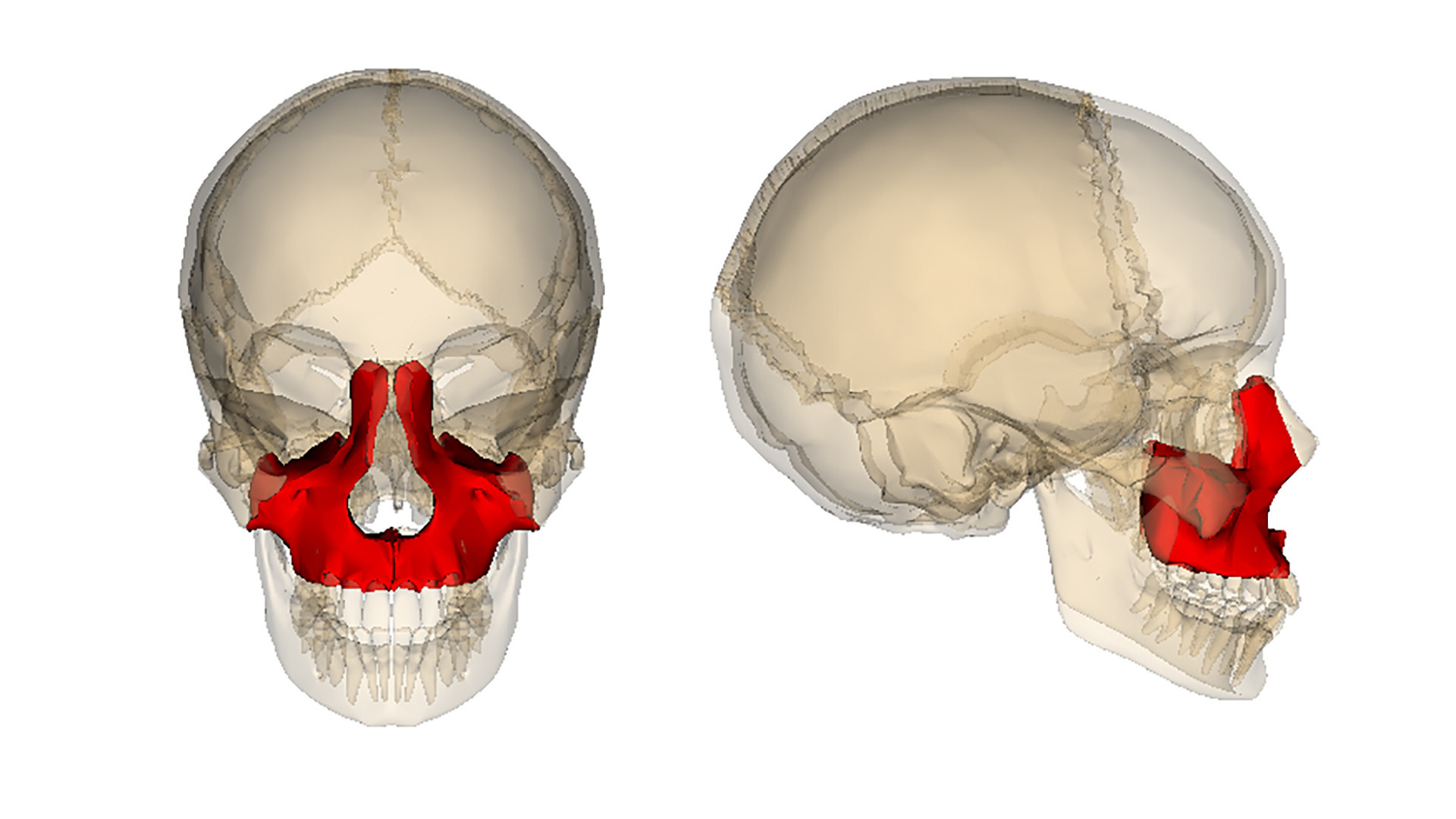
What is the maxilla? The maxilla is a crucial bone in your skull that forms the upper jaw and holds your upper teeth. It plays a vital role in functions like chewing, speaking, and even breathing. This bone also helps shape your face and supports the structure of your nose and eye sockets. Without the maxilla, your face would lack stability and symmetry. Understanding the maxilla can help you appreciate its importance in daily activities and overall health. Let's dive into some intriguing facts about this essential bone that you might not know!
Key Takeaways:
- The maxilla is a crucial bone in the human skull, supporting the upper teeth, forming the nasal cavity, and contributing to facial structure and function.
- Understanding the development and functions of the maxilla can provide insight into its importance and impact on daily life and health.
What is the Maxilla?
The maxilla is a crucial bone in the human skull. It plays a significant role in facial structure and function. Here are some fascinating facts about this essential bone.
- The maxilla is a paired bone, meaning there are two of them, one on each side of the face.
- It forms the upper jaw and holds the upper teeth in place.
- The maxilla also contributes to the formation of the orbit, which houses the eyes.
- It plays a role in forming the nasal cavity, which is essential for breathing.
- The maxilla helps create the roof of the mouth, known as the hard palate.
Functions of the Maxilla
The maxilla is not just a static bone; it has several important functions that impact daily life.
- It supports the upper teeth, which are crucial for chewing food.
- The maxilla helps shape the face, giving it structure and form.
- It plays a role in speech by supporting the upper teeth and the roof of the mouth.
- The maxilla is involved in the process of mastication, or chewing, by providing a stable base for the upper teeth.
- It also helps in the process of respiration by forming part of the nasal cavity.
Development of the Maxilla
Understanding how the maxilla develops can provide insight into its importance and complexity.
- The maxilla begins to form during the sixth week of embryonic development.
- It develops from a structure known as the maxillary prominence.
- By the time a baby is born, the maxilla is already well-formed and continues to grow as the child grows.
- The maxilla reaches its full size during adolescence, around the age of 18.
- It is one of the first bones to ossify, or turn into bone, during development.
Maxilla and Health
The maxilla can be affected by various health conditions, impacting its function and structure.
- Cleft palate is a condition where the maxilla does not form properly, leading to a gap in the roof of the mouth.
- Maxillary sinusitis is an inflammation of the sinuses located in the maxilla, causing pain and discomfort.
- Dental issues, such as impacted teeth, can affect the maxilla and require surgical intervention.
- Trauma to the face can result in fractures of the maxilla, which may need surgical repair.
- Osteoporosis can weaken the maxilla, making it more susceptible to fractures.
Interesting Facts about the Maxilla
Here are some more intriguing tidbits about this vital bone.
- The maxilla is the largest bone in the human face.
- It is a pneumatic bone, meaning it contains air-filled spaces called sinuses.
- The maxilla is connected to several other bones in the skull, including the nasal, zygomatic, and palatine bones.
- It has a complex shape with multiple surfaces and processes, each serving a specific function.
- The maxilla is involved in the formation of the infraorbital foramen, a small hole below the eye socket that allows nerves and blood vessels to pass through.
Maxilla in Other Animals
The maxilla is not unique to humans; many animals have this bone, and it serves similar functions.
- In mammals, the maxilla supports the upper teeth and forms part of the nasal cavity.
- Birds have a maxilla, but it is often referred to as the upper beak or upper mandible.
- Reptiles, such as snakes and lizards, also have a maxilla that supports their teeth.
- In fish, the maxilla is part of the jaw structure and helps in capturing and processing food.
The Final Bite
Understanding the maxilla is crucial for grasping human anatomy. This bone plays a vital role in facial structure, speech, and chewing. Without it, basic functions like eating and talking would be impossible. The maxilla supports the upper teeth and forms part of the eye sockets and nasal cavity. It's fascinating how this single bone impacts so many aspects of daily life.
Knowing these facts can help you appreciate the complexity of the human body. Whether you're a student, a teacher, or just curious, these insights into the maxilla offer a deeper understanding of how we function. So next time you smile or take a bite of your favorite food, remember the maxilla and its incredible contributions. Keep exploring, keep learning, and never underestimate the power of knowledge.
Frequently Asked Questions
Was this page helpful?
Our commitment to delivering trustworthy and engaging content is at the heart of what we do. Each fact on our site is contributed by real users like you, bringing a wealth of diverse insights and information. To ensure the highest standards of accuracy and reliability, our dedicated editors meticulously review each submission. This process guarantees that the facts we share are not only fascinating but also credible. Trust in our commitment to quality and authenticity as you explore and learn with us.
